
Whistle while you turn.
These small black locust whistles proved to be a fun project for my beginning spindle-turning students. Everyone smiles after their first tootle. Despite its hardness, the wood turns well even when cutting against the grain.
In some ways, black locust might be considered a superhero (or maybe a supervillain). The tree the lumber comes from is one of the fastest-growing hardwoods, and the wood is one of the hardest, stiffest, and most rot-resistant species native to North America. It's rapidly gaining traction as a “greener, more sustainable alternative to both pressure-treated lumber and many of the rainforest species imported for decking. When properly dried, the wood is quite stable and relatively easy to work given its hardness. Even as firewood, black locust stands out as having one of the highest BTU values of any North American species. The tree is also quite hardy and adaptable to many climates. Strong, resilient, easy to work-super.But black locust has a sinister side. When planted, it can quickly gain a foothold and crowd out other native species. It also grows back quickly from stumps and roots after being cut down making it hard to eradicate. Because of these aggressive tendencies, some areas and even states consider it an invasive species and outlaw its propagation.
Where the wood comes from
This story is from the {{IssueName}} edition of {{MagazineName}}.
Start your 7-day Magzter GOLD free trial to access thousands of curated premium stories, and 9,000+ magazines and newspapers.
Already a subscriber ? Sign In
This story is from the {{IssueName}} edition of {{MagazineName}}.
Start your 7-day Magzter GOLD free trial to access thousands of curated premium stories, and 9,000+ magazines and newspapers.
Already a subscriber? Sign In
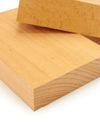
Beech
Plain looks, but a solid performer
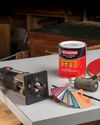
Working with PLASTIC LAMINATE
Adding a durable, smooth, and colorful surface to your work
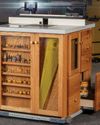
High-Tech ROUTER TABLE
A state-of-the-art shop essential

Albers-Inspired NESTING TABLES
A colorful array of Bauhaus utility

Desktop ORGANIZERS
Mini modules for your modern workspace
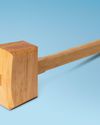
Joiner's MALLET
A hard-hitting shop hammer

Battery-backed biscuiting
DeWalt 20V Max XR Biscuit Joiner
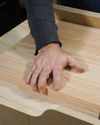
Crosscut SLED
A basic build of a crucial table saw accessory
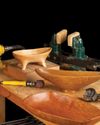
Power-carving BOWLS
Tools and techniques for sculpting

Library STEPS
Mitered box joints give rise to an updated classic